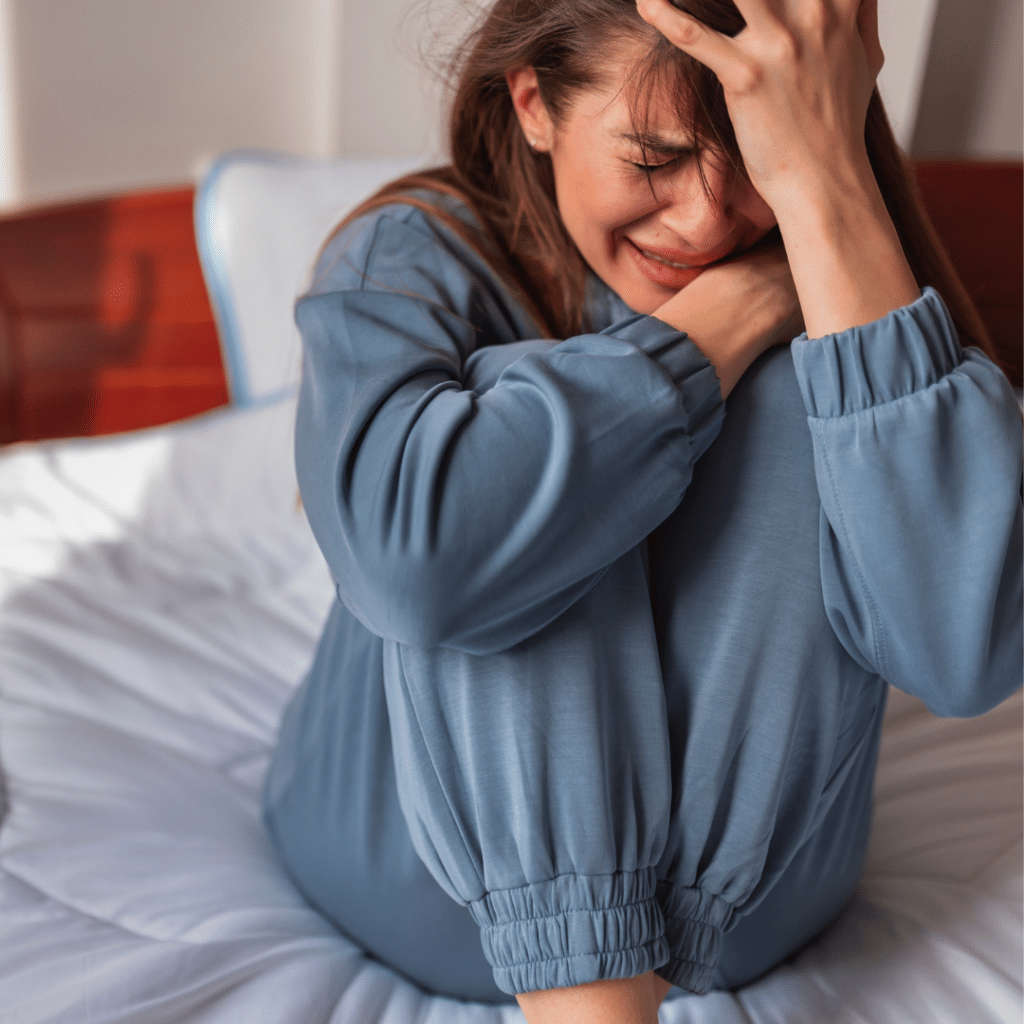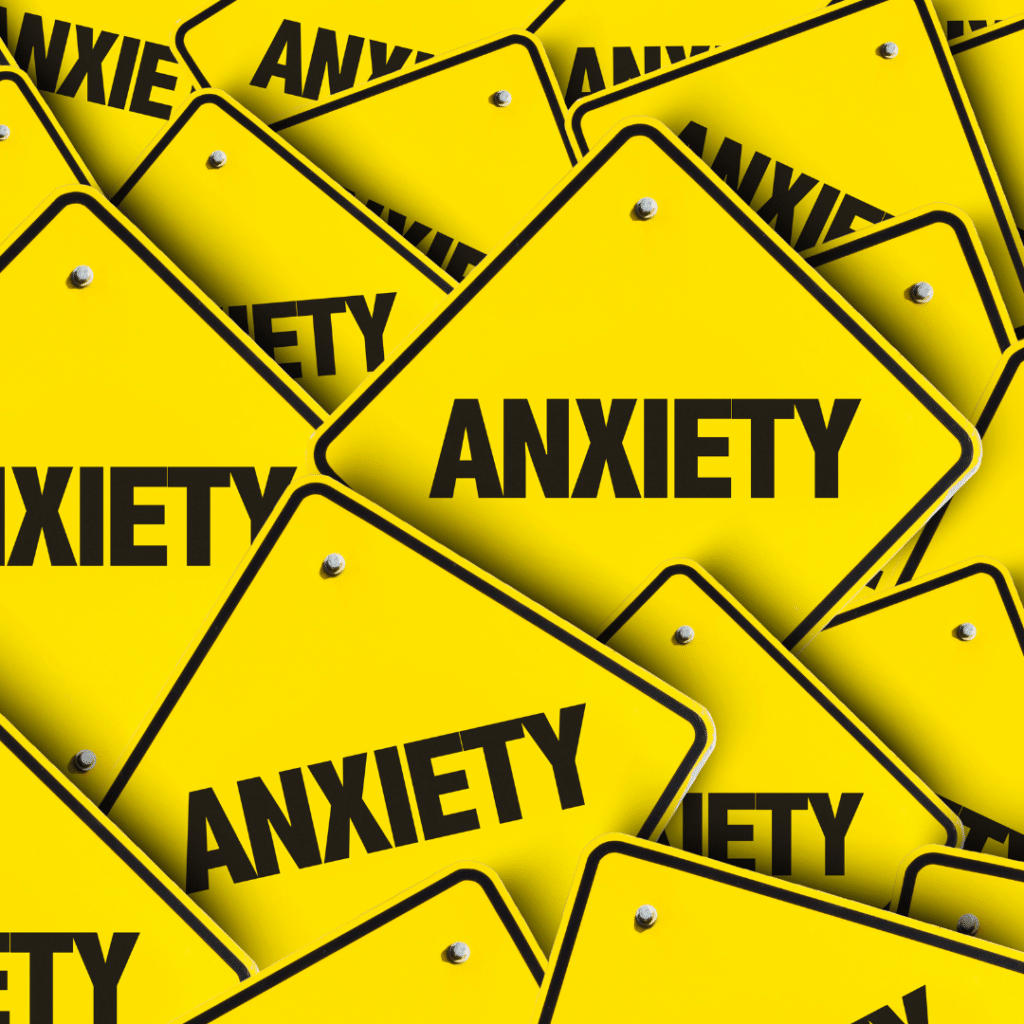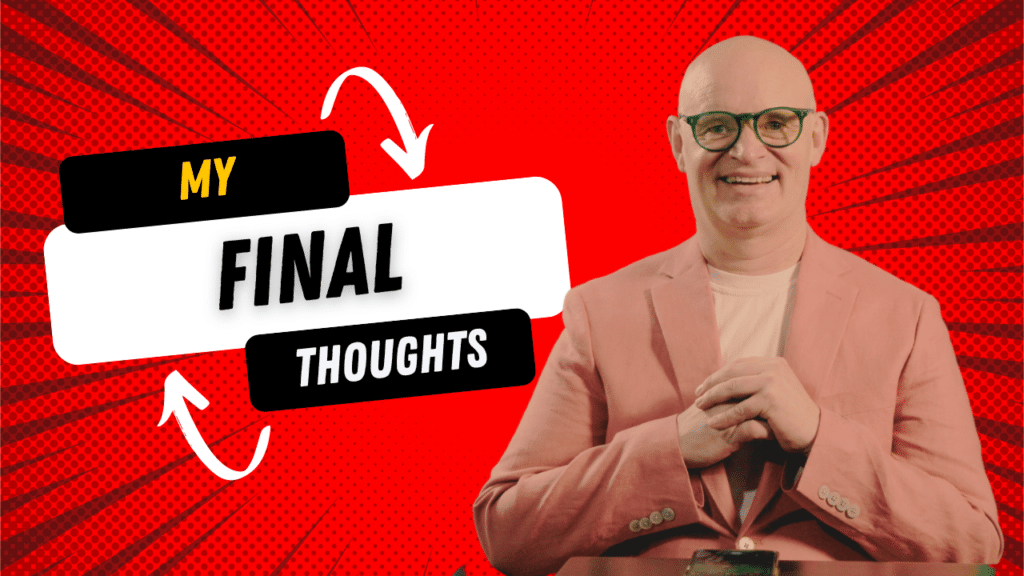- Smyth JM, Stone AA, Hurewitz A, Kaell A. Effects of writing about stressful experiences on symptom reduction in patients with asthma or rheumatoid arthritis: a randomized trial. JAMA. 1999 Apr 14;281(14):1304-9. doi: 10.1001/jama.281.14.1304. PMID: 10208146.
Kabat-Zinn, J. (1994). Wherever You Go, There You Are: Mindfulness Meditation in Everyday Life. https://amzn.to/48kQg9E
- Hofmann SG, Sawyer AT, Witt AA, Oh D. The effect of mindfulness-based therapy on anxiety and depression: A meta-analytic review. J Consult Clin Psychol. 2010 Apr;78(2):169-83. doi: 10.1037/a0018555. PMID: 20350028; PMCID: PMC2848393.
Goyal MSingh SSibinga EMS, et al. Meditation Programs for Psychological Stress and Well-being: A Systematic Review and Meta-analysis. JAMA Intern Med. 2014;174(3):357–368. doi:10.1001/jamainternmed.2013.13018
- Beck, A. T. (1976). Cognitive therapy and the emotional disorders.
- Hofmann SG, Asnaani A, Vonk IJ, Sawyer AT, Fang A. The Efficacy of Cognitive Behavioral Therapy: A Review of Meta-analyses. Cognit Ther Res. 2012 Oct 1;36(5):427-440. doi: 10.1007/s10608-012-9476-1. Epub 2012 Jul 31. PMID: 23459093; PMCID: PMC3584580.
- Ströhle A. Physical activity, exercise, depression and anxiety disorders. J Neural Transm (Vienna). 2009 Jun;116(6):777-84. doi: 10.1007/s00702-008-0092-x. Epub 2008 Aug 23. PMID: 18726137.
- Jacka FN, Pasco JA, Mykletun A, Williams LJ, Hodge AM, O'Reilly SL, Nicholson GC, Kotowicz MA, Berk M. Association of Western and traditional diets with depression and anxiety in women. Am J Psychiatry. 2010 Mar;167(3):305-11. doi: 10.1176/appi.ajp.2009.09060881. Epub 2010 Jan 4. PMID: 20048020.
- Smith A. Effects of caffeine on human behavior. Food Chem Toxicol. 2002 Sep;40(9):1243-55. doi: 10.1016/s0278-6915(02)00096-0. PMID: 12204388.
- Foa, E. B., & Kozak, M. J. (1986). Emotional processing of fear: Exposure to corrective information. Psychological Bulletin, 99(1), 20–35. https://doi.org/10.1037/0033-2909.99.1.20
Wolitzky-Taylor, K. B., et al. (2008). Exposure therapy for anxiety: Principles and practice. Guilford Press.
- Pfeiffer PN, Heisler M, Piette JD, Rogers MA, Valenstein M. Efficacy of peer support interventions for depression: a meta-analysis. Gen Hosp Psychiatry. 2011 Jan-Feb;33(1):29-36. doi: 10.1016/j.genhosppsych.2010.10.002. Epub 2010 Nov 13. PMID: 21353125; PMCID: PMC3052992.
- Manzoni, G. M., Pagnini, F., Castelnuovo, G., Molinari, E., & Fossati, A. (2008). Relaxation training for anxiety: A ten-years systematic review with meta-analysis. BMC Psychiatry, 8(1), 41. https://doi.org/10.1186/1471-244X-8-41
- Andrews G, Basu A, Cuijpers P, Craske MG, McEvoy P, English CL, Newby JM. Computer therapy for the anxiety and depression disorders is effective, acceptable and practical health care: An updated meta-analysis. J Anxiety Disord. 2018 Apr;55:70-78. doi: 10.1016/j.janxdis.2018.01.001. Epub 2018 Feb 1. PMID: 29422409.
×
Why Choose to Autoship?
- Automatically re-order your favorite products on your schedule.
- Easily change the products or shipping date for your upcoming Scheduled Orders.
- Pause or cancel any time.









